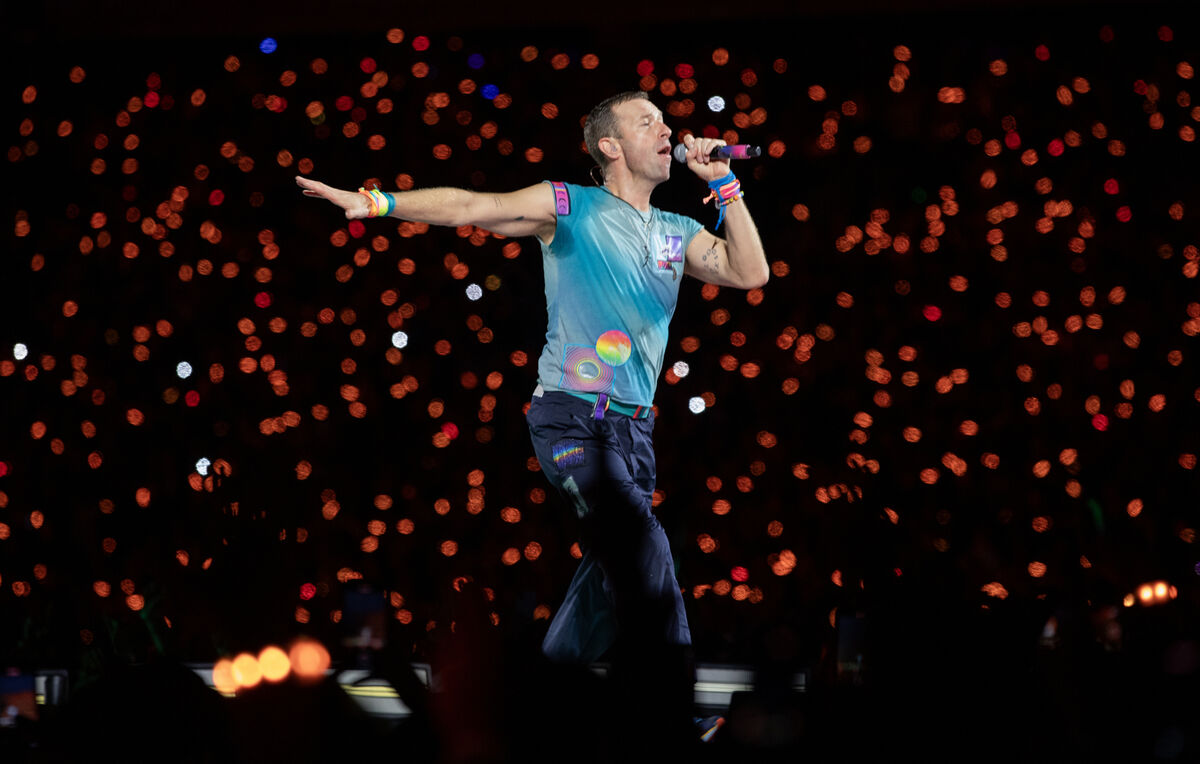Why we need to do more to make Irish Sign Language more accessible for everyone

Irish Sign Language has roots in the early 18th century
On the rare occasions I witness people speaking to each other in sign language, I have to admire.
The speed of the hands partnered with the expressive facial movements suggests a riveting conversation. Just what are they talking about in this silent exchange, in this language that staunchly defies their disability?
Sign language is not modern. Plato references it in his writings from the fifth-century BC.
In the Middle Ages, some religious orders communicated through codified gesticulation. Deaf people from the Native American community used a cross tribal sign before the arrival of Columbus.
Given the disparity of these and many other examples, it’s no surprise to discover that sign language, just like any other language, is different from culture to culture and from country to country.
Irish Sign Language has roots in the early 18th century. It developed organically among Deaf communities and evolved in the 19th century with the establishment of Deaf schools, such as St Mary’s (1846) and St Joseph’s (1857).
Though it was strongly influenced by British Sign Language (BSL) and later French Sign Language, through the involvement of French religious orders, it is unique to these shores. Irish Sign Language is the first and/or preferred language of 5,000 Deaf people and 40,000 people communicate in ISL.
“While ISL shares some of its vocabulary and handshapes with other sign languages, it is distinct from these other languages,” says Lianne Quigley, chairperson of the Irish Deaf Society.
“Similar to spoken languages, ISL has developed organically and has been shaped by culture, as it has been passed down from generation to generation,” Ms Quigley says.
“It has its own unique features, syntax and grammar, that are distinct from spoken languages and other signed languages.”
Ireland is also unique in having gendered sign language. Due to our history of segregated education, men and women in Ireland have different sign languages, though this is likely to become less apparent since the merger of the two major Deaf schools in 2016.
There are also regional differences, Ms Quigley says. Just as spoken languages have regional accents, ISL has regional variations in signs and words.
“Sign languages aren’t universal,” she says. “They are full languages with their own grammar, structure, and vocabulary, shaped by the culture and environment of their users. Just like spoken languages, sign languages evolve naturally within specific communities.”
There have been attempts to standardise sign, similar to Esperanto, the universal spoken language. The most notable is International Sign (IS), which is used at international events, such as the Deaflympics and World Federation of the Deaf conferences.
It remains somewhat underdeveloped, however, and relies heavily on visual gestures, so it is more of a pidgin or contact language.
“Attempts to fully standardise sign languages have generally been unsuccessful, because sign languages, like spoken languages, evolve naturally within their own communities and reflect their cultures,” says Ms Quigley.
“Just as spoken languages have variations, sign languages develop unique characteristics, based on geography and social factors, making full standardisation difficult.”
While different sign languages offer opportunities to celebrate local identities, cultural diversity and cross cultural exchange, the lack of codification presents problems around access to information and the provision of interpreting services.
But Deaf communities have always had to be innovative and have had to fight to be seen in society. Back in the time of Plato, deafness was equated to a lack of intelligence and, for centuries, Deaf people were locked out of formal education. That has changed, but there is still a long way to go with access and inclusion.
At their recent run of concerts in Croke Park, Coldplay had three interpreters to provide sign language. Deaf attendees wore Subpac vests, which allowed them to feel the vibrations of the music. This is something that the band has provided since early 2022.
But Coldplay are the exception rather than the rule.

“More needs to be done across all sectors of society to fully realise cultural participation for the Deaf community,” says Ms Quigley.
“Article 30 of the UNCRPD, stresses the right to equal access to cultural, recreational, and sporting activities for persons with disabilities and we’d like to see more done around that.”
And it’s not just cultural events that are lacking. Back in 2017, The Irish Sign Language (ISL) Act was passed and signed in to law by President Michael D Higgins. The act recognised ISL as an official language of Ireland and stated that all public bodies must ensure their services are accessible through ISL.
However, implementation has faced delays and according to a National Disability Authority (NDA) report from 2020, 52% of government bodies were not even aware of the ISL Act 2017, never mind had set up services to meet its requirements.
“This impacts Deaf individuals’ ability to access public services, education, and employment opportunities and, of course, can lead to social isolation,” says Ms Quigley.
Addressing these issues requires improved awareness, increased availability of resources, and effective implementation of the ISL Act to ensure that Deaf individuals have equal access to services and opportunities.
What if everyone in the country had a basic level of ISL taught to them from primary school? Given its status as an official language of the country, is it not time to include it in the curriculum?
The Say Yes to Languages Sampler Module, a recent initiative from the Department of Education, aims to promote modern languages among primary school students by generating awareness of the range of languages used by their peers in their schools and communities.
The programme allows schools to include ISL if they so wish, but the programme is only available to certain schools, so very few are likely to choose ISL, especially given the competition from other languages.
“With the increasing numbers of Deaf children attending mainstream schools, it is more important than ever that their language is accessible to all children,” says Ms Quigley. “Establishing Irish Sign Language in the national curriculum is important, because it helps create a more inclusive society.”
“By teaching students ISL from a young age, we would make it easier for people to communicate with those who are Deaf or hard of hearing. This, in turn, builds understanding, and empathy, and ensures everyone can be a part of the community.
“Learning ISL also helps students appreciate different ways of communicating, making society more welcoming and connected for all,” Ms Quigley says
It would also allow us to eavesdrop on those fascinating chats and get an insight in to another world of communication.
CONNECT WITH US TODAY
Be the first to know the latest news and updates





